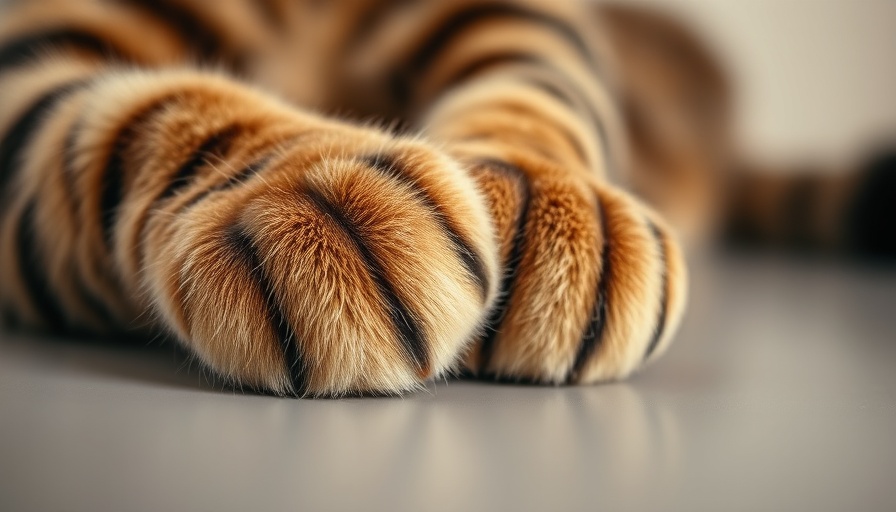
Bird Flu Infections in Cats: Understanding the Risks
Recent reports from New York City have raised alarms about bird flu infections in cats, notably linking these cases to the consumption of raw pet food. Health officials reported two instances where cats contracted the highly pathogenic avian influenza (HPAI H5N1), highlighting the urgent need for pet owners to be vigilant about their pets' diets.
A Direct Link to Raw Pet Food
In one reported case, an 8-month-old kitten succumbed after consuming raw chicken from a brand called Savage Cat. The sad outcome of this incident reinforces the dangers associated with feeding pets raw diets, which can harbor harmful pathogens including bird flu. This incident is not isolated; schools of thought within veterinary medicine have long warned against raw food diets due to potential contamination.
Health Recommendations for Pet Owners
The New York City Health Department has issued clear guidelines for pet owners to mitigate the risks posed by bird flu. They recommend avoiding raw food and unpasteurized milk for pets and encourage keeping cats indoors to limit their exposure to wildlife that may carry the virus. Symptoms of illness in cats include coughing, sneezing, runny eyes, or difficulty breathing, which necessitate immediate veterinary consultation.
A Broader Issue: Raw Pet Food Recalls
This issue extends beyond New York, as multiple states have seen recalls of raw pet food linked to H5N1. For example, companies like Northwest Naturals and Wild Coast Raw have had to navigate recalls after their products tested positive for the virus. These recalls emphasize the larger public health challenge surrounding the safe production and consumption of pet food.
Potential Future Implications
As the threat of bird flu remains a concern across the U.S., health professionals are urging pet owners to exercise caution and educate themselves about the risks associated with raw feeding. With over a dozen cats having contracted the virus since the outbreak began, the intersection of animal health and food safety becomes increasingly critical in policy discussions.
Protecting Pets and Owners Alike
While the current risk to humans appears low, experts emphasize the importance of proper hygiene when handling raw pet food. Moreover, strict regulations surrounding pet food safety need to be enforced to prevent potential outbreaks affecting both animal and human populations.
 Add Row
Add Row  Add
Add 




Write A Comment